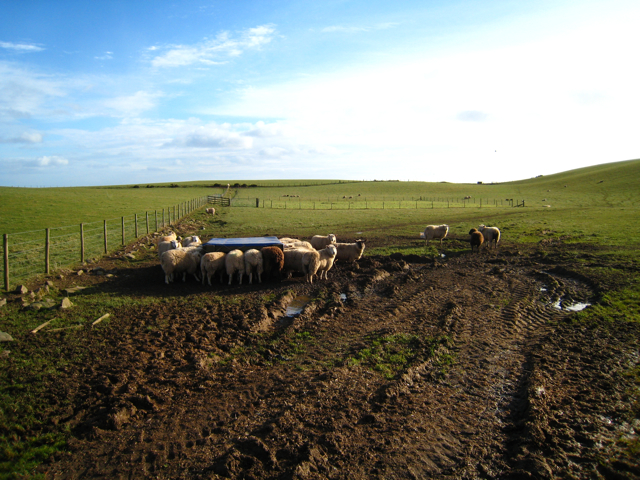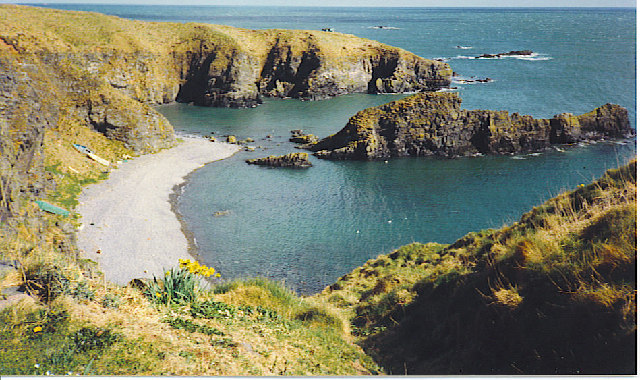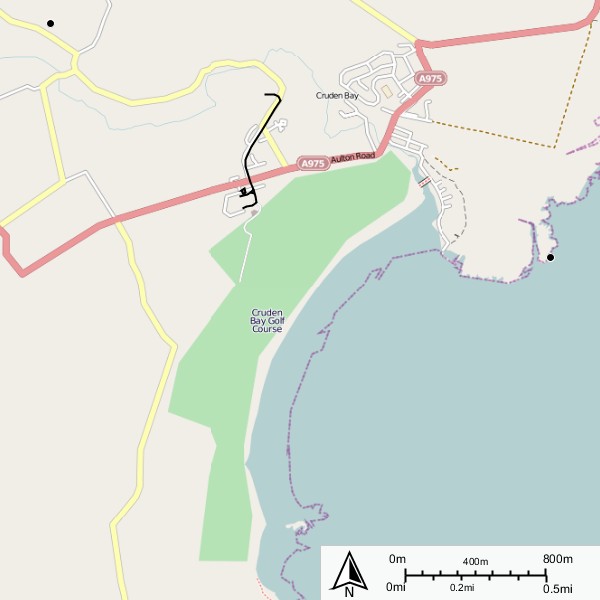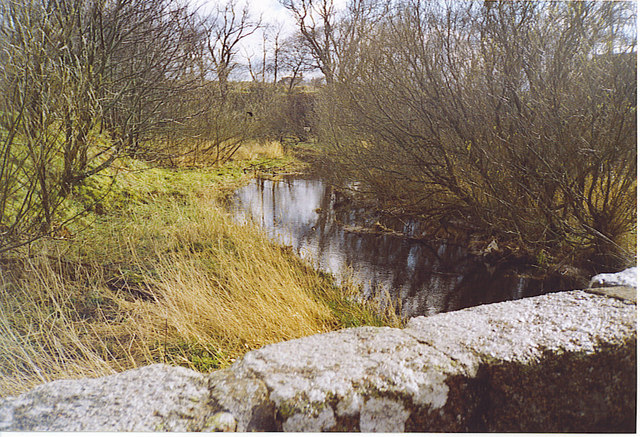Bogies' Hole
Coastal Feature, Headland, Point in Aberdeenshire
Scotland
Bogies' Hole
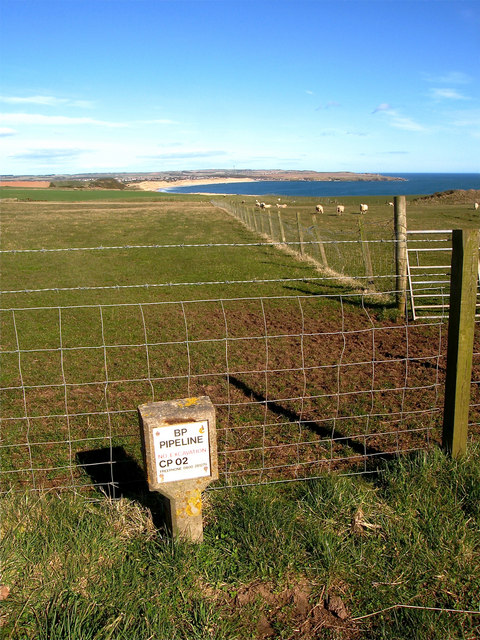
Bogies' Hole is a prominent coastal feature located in Aberdeenshire, Scotland. Situated on a headland, this stunning site is renowned for its dramatic cliffs and breathtaking views of the North Sea. The point is named after the distinctive geological formation it possesses, known as a "hole," which refers to a natural archway that has been eroded through the rock over centuries.
The headland itself is composed of rugged sandstone and shale, providing a striking contrast against the deep blue waters below. The cliffs, reaching heights of up to 30 meters, offer a mesmerizing sight as they stand tall and majestic against the crashing waves. These cliffs also serve as a nesting site for various seabirds, including fulmars, kittiwakes, and guillemots, making it a popular spot for birdwatchers and nature enthusiasts.
Access to Bogies' Hole is relatively easy, with a well-maintained footpath leading visitors to the edge of the headland. From this vantage point, one can marvel at the stunning panoramic views of the coastline and the distant horizon.
In addition to its natural beauty, Bogies' Hole holds historical significance. It is believed that the area was once used by smugglers due to its secluded location and hidden caves. Today, remnants of this illicit past can still be found, adding an air of mystery and intrigue to the site.
Overall, Bogies' Hole is a captivating coastal feature that offers both natural wonders and historical intrigue, making it a must-visit destination for those exploring Aberdeenshire.
If you have any feedback on the listing, please let us know in the comments section below.
Bogies' Hole Images
Images are sourced within 2km of 57.377555/-1.8823787 or Grid Reference NK0731. Thanks to Geograph Open Source API. All images are credited.




Bogies' Hole is located at Grid Ref: NK0731 (Lat: 57.377555, Lng: -1.8823787)
Unitary Authority: Aberdeenshire
Police Authority: North East
What 3 Words
///drop.gravel.youths. Near Port Erroll, Aberdeenshire
Nearby Locations
Related Wikis
Nearby Amenities
Located within 500m of 57.377555,-1.8823787Have you been to Bogies' Hole?
Leave your review of Bogies' Hole below (or comments, questions and feedback).













